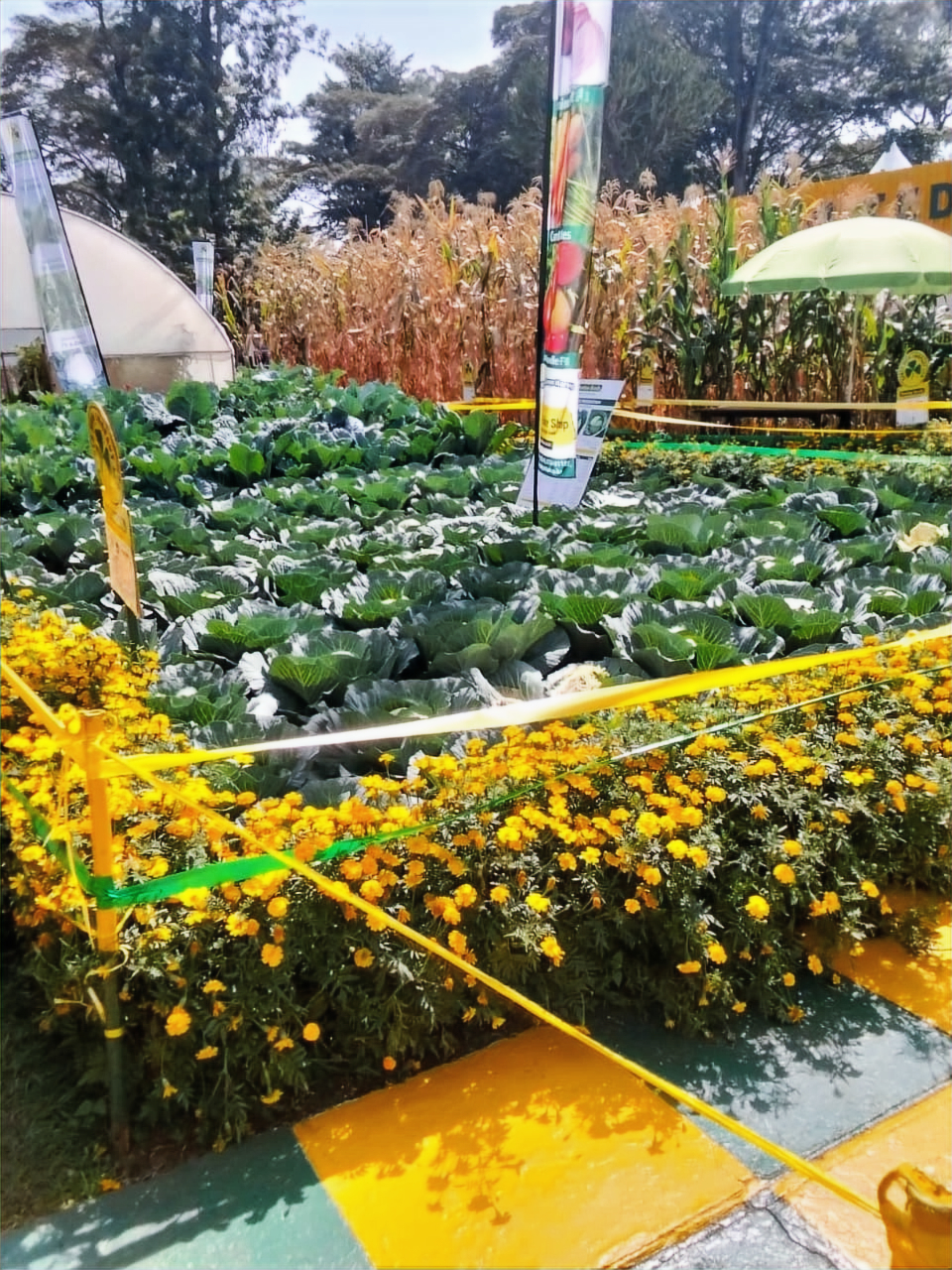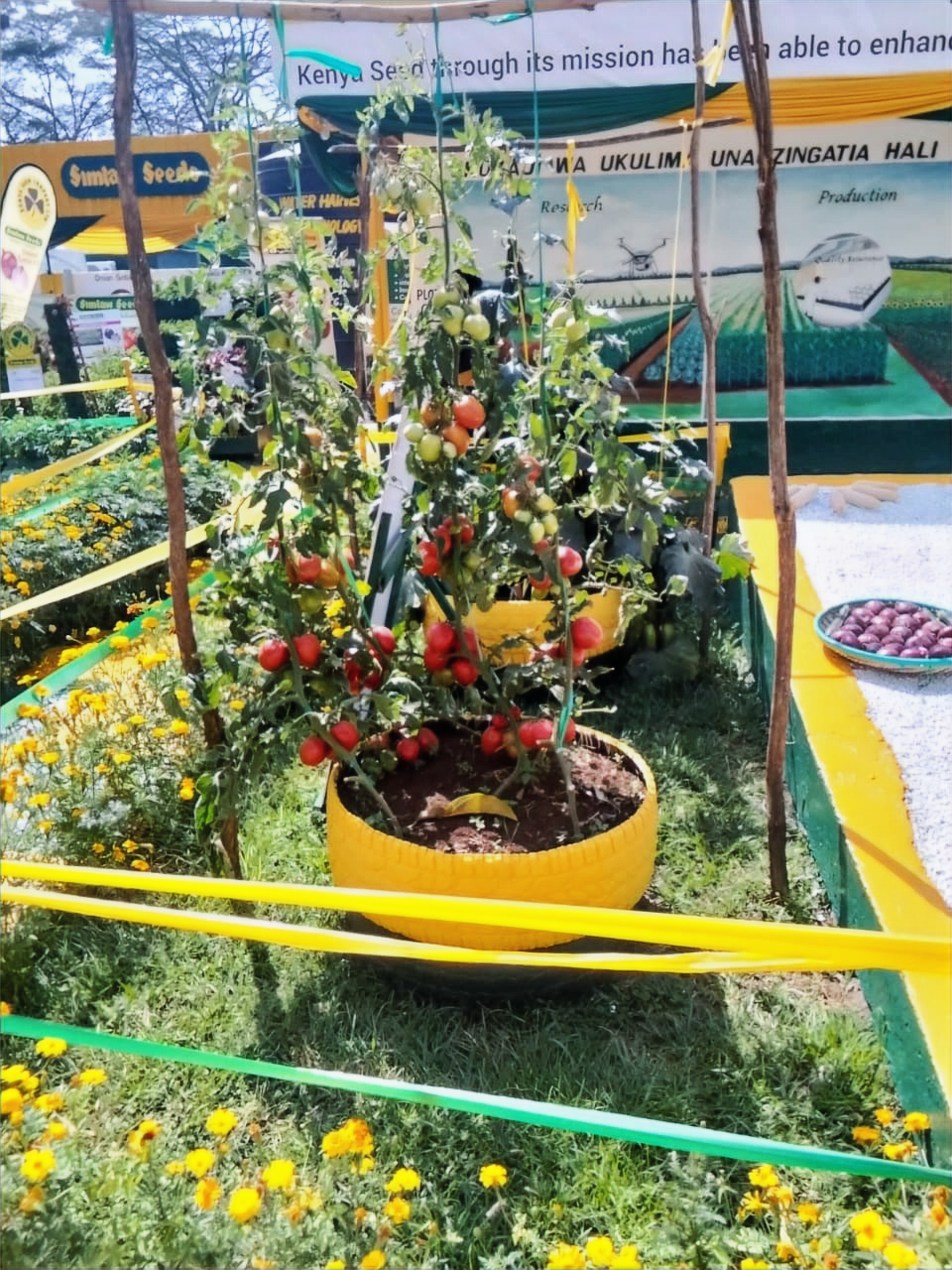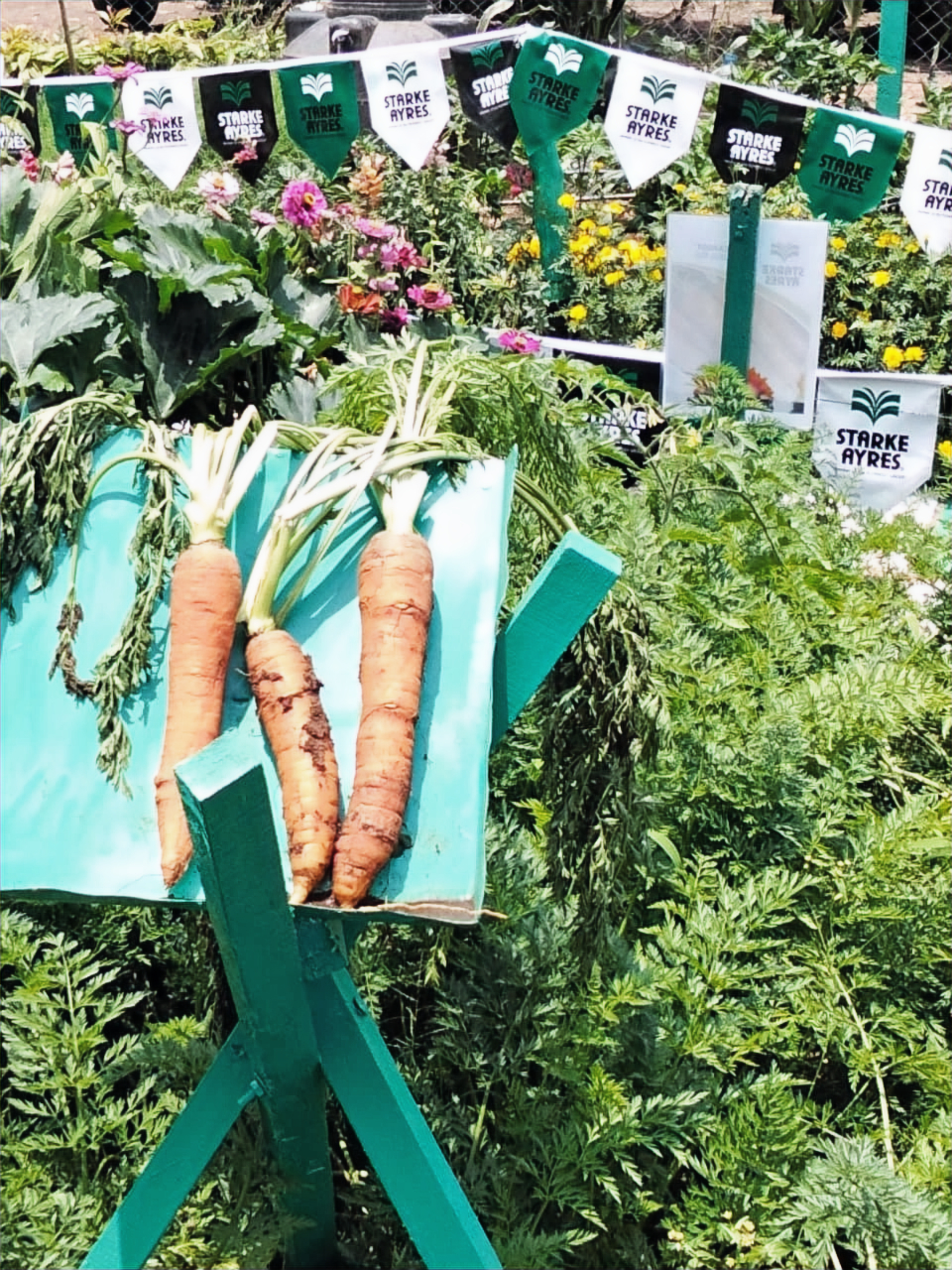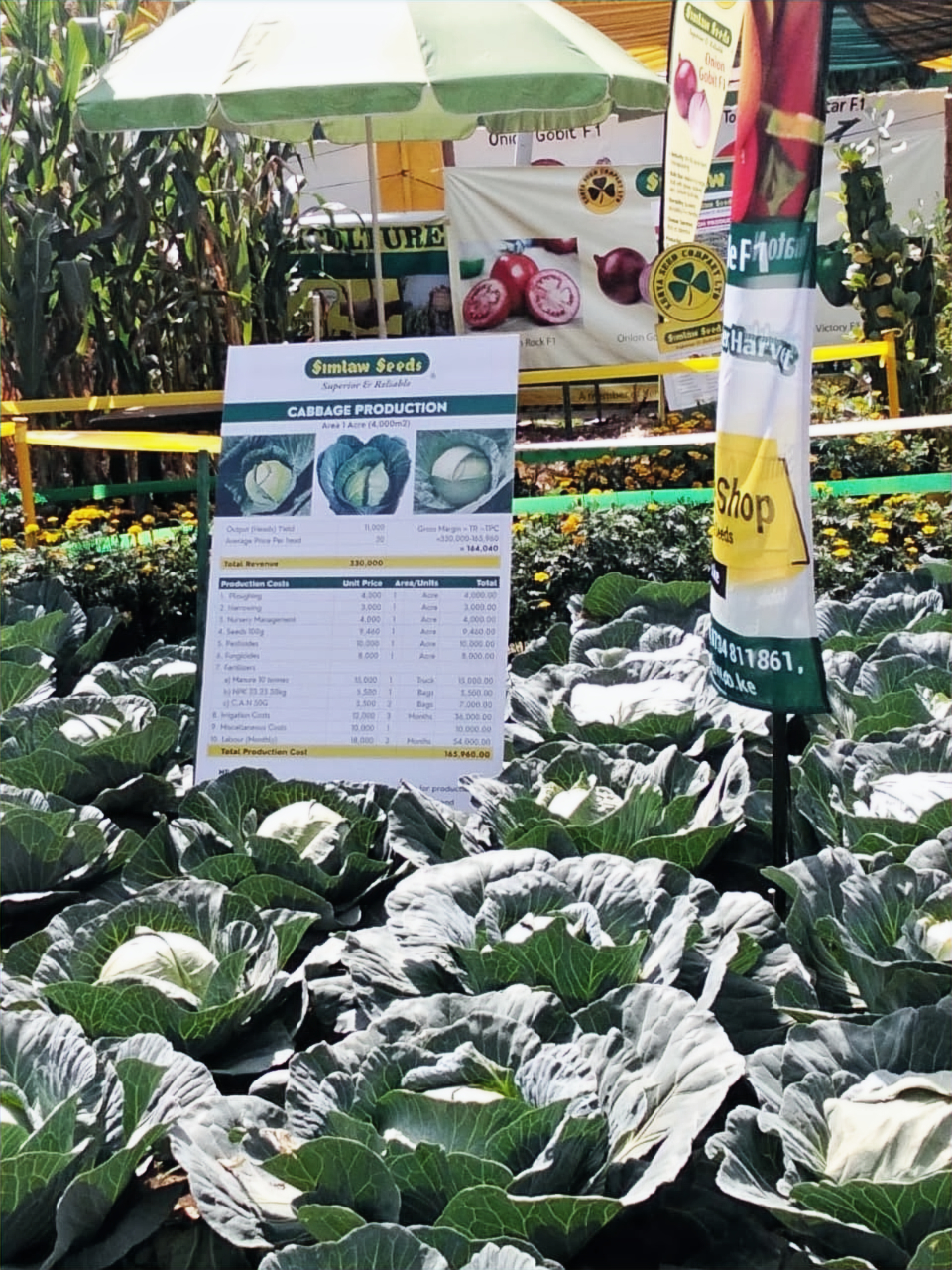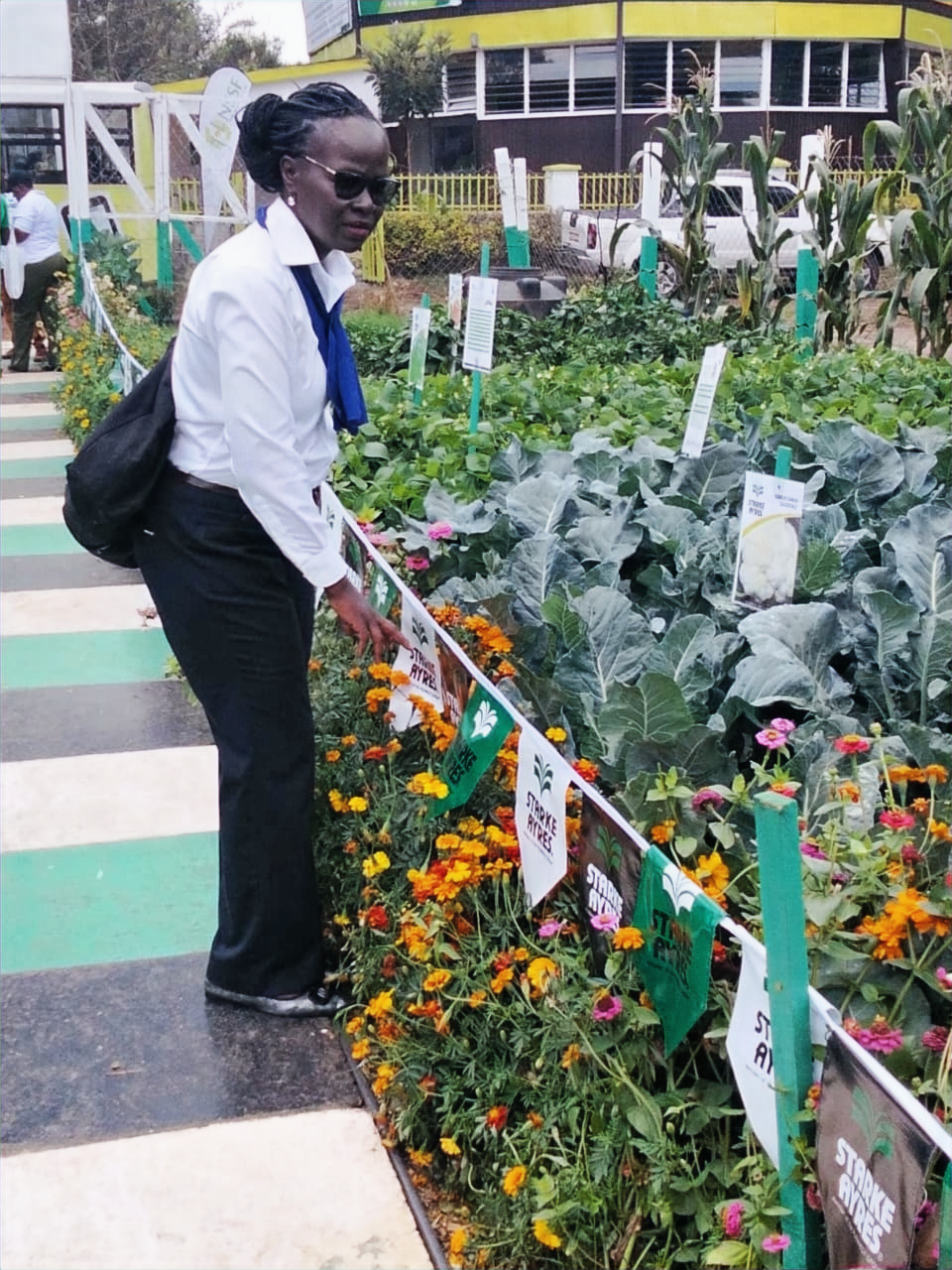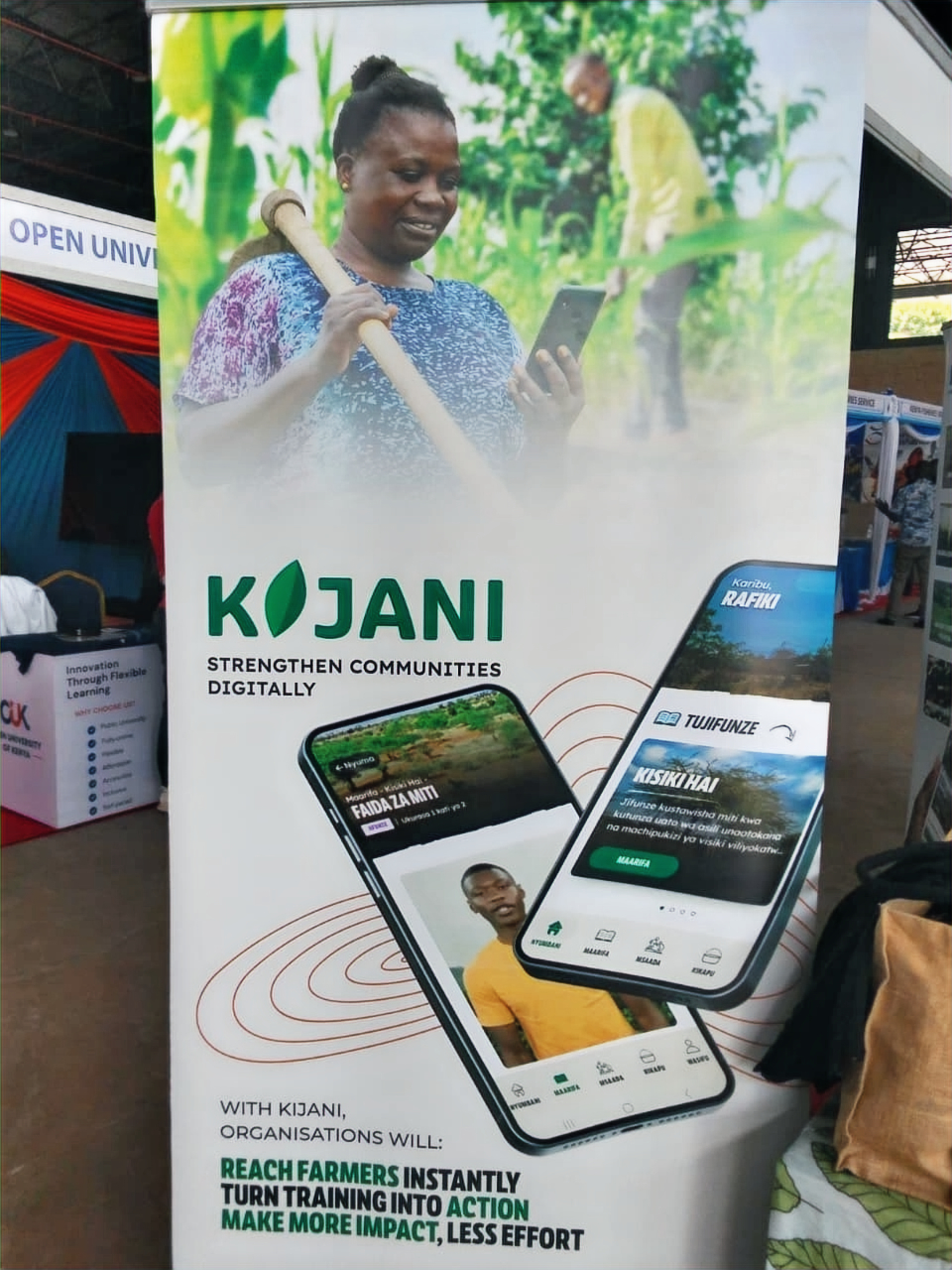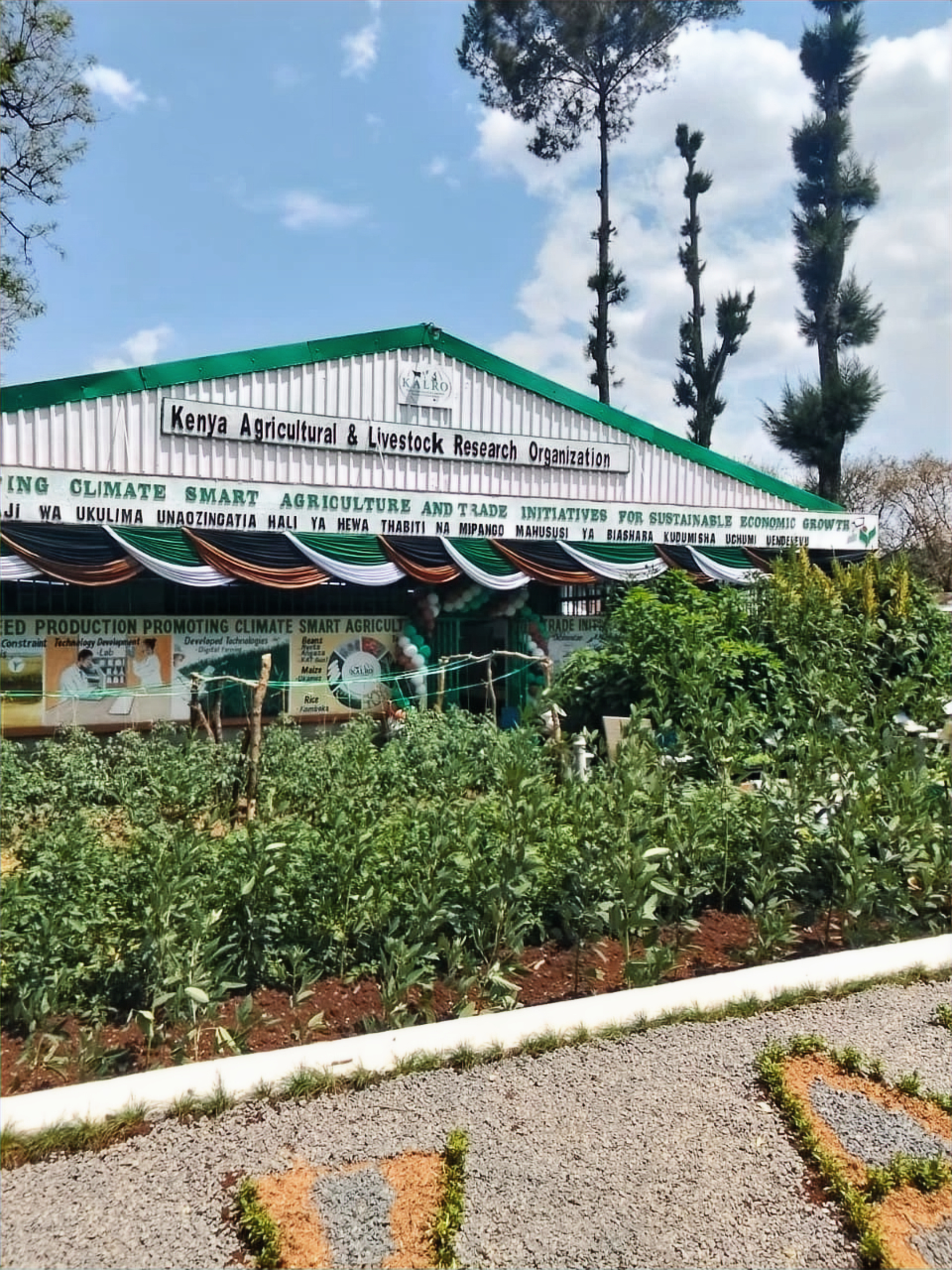- Oct 10
- 2 min read
Updated: Oct 26
A Vibrant Showcase of Kenya’s Resilience
By Moraa Nyangorora
Walking into the Nairobi International Trade Fair 2025, the air was alive with energy, filled with crowds and school teams from across Kenya, enjoying the tours as others danced to the live music reverberating the air — the kind only Kenya’s agricultural show can create.
The fair’s theme, “Promoting Climate-Smart Agriculture and Trade for Sustainable Growth,” echoed through every display.
Vibrant flower beds at the Nairobi Trade Fair – a bloom of climate resilience.
From the colourful flower gardens bursting with marigolds and dahlias to neatly packaged grains, honey, yoghurt, and dried fruits, the fairground felt like a celebration of innovation rooted in soil and sun.
It was a reminder that agriculture here is not just about farming — it’s about identity, ingenuity, and survival in a warming world.
Where Innovation Meets Impact
Tucked between rows of exhibitors showcasing everything from tractors to irrigation systems, one booth pulled me in — Savanna Circuit Technologies,
A Kenyan start-up redefining how milk is cooled and transported in rural communities.
“We call it the Solar Thrive Solution Suite, it helps dairy farmers cool milk right at the source using solar energy — no diesel, no grid electricity, just the sun.”
The cooled milk is carried in lightweight stainless-steel cans, carefully balanced on electric motorcycles and solar-charged tuk-tuks — a simple yet brilliant logistics model for Kenya’s rural roads.
“We’ve seen up to a 40% reduction in milk losses in pilot areas,” the Savanna Circuit team explained. “Farmers say they no longer have to rush to deliver milk before it spoils — they can plan their days better.”
Beyond the Innovation
The trade fair was more than a showcase of technologies; it was a celebration of possibility.
From young entrepreneurs pitching agri-tech ideas to farmers proudly displaying hybrid crops, the optimism was infectious.
And as the sun dipped behind the fairgrounds, casting golden light over the flower beds, it was clear — Kenya’s future in agriculture is bright, innovative, and beautifully homegrown.
_150x.png)

